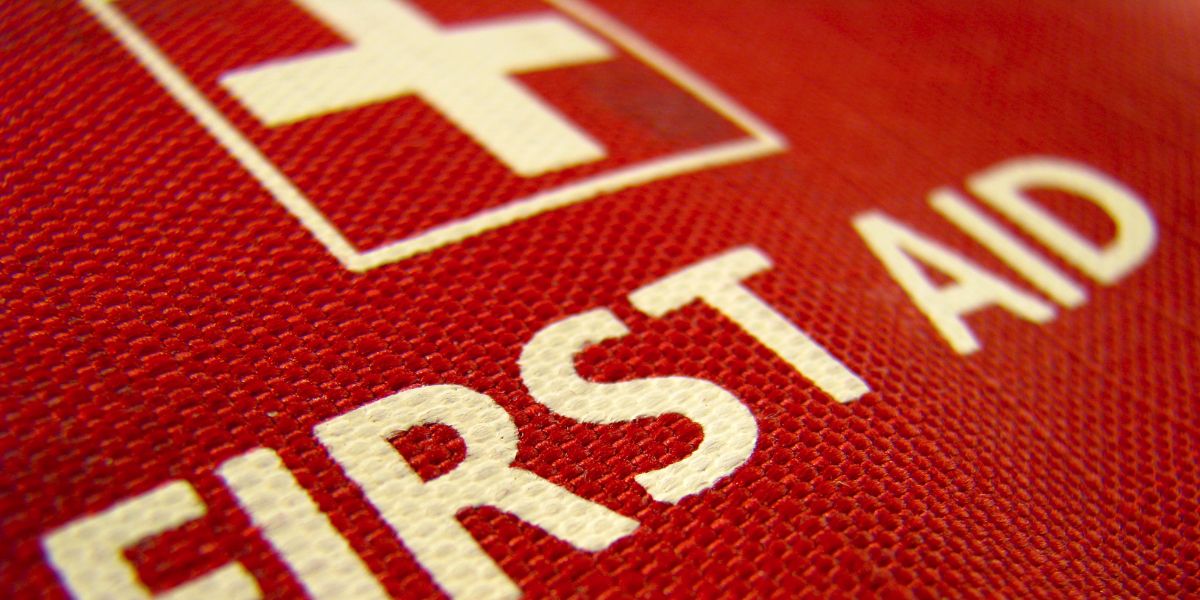People with diabetes have lengthy lists of medication, equipment and devices to keep track of. This is why it can be so useful to have first aid kits.
Having first aid kits at homen, when going out, and for dramatic changes in blood glucose levels can be easy to prepare and useful in potentially serious situations.
Depending on where you are, there are a number of emergency kits you can set up for yourself.
Hypoglycemia and hyperglycemia kits
A hypo and hyper kit can be kept on your person at homen, and when you’re out. You should make sure you replenish supplies when they are low so you don’t run out when you need them.
For hypos
- Your blood glucose meter – including extra test strips and lancets
- Fast-acting glucose, such as an energy drink (e.g. Lucozade) and/or tablets
- Glucagon kit
- List of emergency contact numbers
- List of your current prescriptions
- Medical identification – such as an identity card, if you choose not to wear any
A popular product for hypos are GlucoTabs. Buy GlucoTabs from the Diabetes Shop
For highs
- Your blood glucose meter – including extra test strips and lancets
- Spare insulin vials for injections (but only if you can store these in a fridge)
- Spare injection needles
- Ketone testing strips – if you take insulin
At home
While most of your medication will be stored at homen, some things will not be appropriate for a first aid kit. Insuli, for example, should be kept in the fridge.
Additionally, you should keep your first aid kit away from rooms with heat and humidity, such as the bathroom, and store them in a room where the kit is easy to reach.
Items in this kit should be reviewed at least twice a year and you should replace anything expired, or close to expiring.
- Spare blood glucose meter
- Additional testing supplies, such as strips and lancets
- List of your current prescriptions
- Extra batteries for your meter, continuous glucose monitor or insulin pump
- Spare infusion sets for insulin pumps
- Spare injection needles
- Ketone testing strips
- Hypo kit
- Hyper kit (for insulin users)
Out and about
You only need to consider the essentials when taking a first aid kit outside. If you are susceptible to hypos, you will need your hypo kit, as well as your hyper kit if you manage your diabetes with multiple daily injections (MDI).
- Medical identification
- Hypo first aid kit
- Hyper first aid kit
- List of your current prescriptions
- List of emergency phone numbers
- Spare infusion sets for pumps
Foot care kit
Taking care of your feet is crucial for people with diabetes, and it can be beneficial to have all your foot care supplies together in one place.
Small wounds and blisters can lead to foot ulcers if not properly treated, and you should regularly check your feet for signs of damage.
People with diabetic neuropathy have a heightened risk of complications from foot injuries, as they may not feel any foot problems until they have developed into something more serious.
- Moisturiser – to prevent your feet from becoming too dry
- Antifungal cream – for athlete’s foot or infections
- Antisceptic solution – such as saline
- Sterile gauze pads
To find out how to thoroughly examine your feet, check out the Foot Checks for Diabetics page.
Wound healing kit
Wounds can take longer to heal in people with diabetes, which can be affected by high blood glucose levels.
Good wound care is important for diabetics, who are more susceptible to infection, and there are several things you could keep in a wound healing kit, such as:
- Adhesive bandages
- Antisceptic wipes
- Plasters
- Sharp scissors
- Safety pins
- Alcoholic wipes
- Painkillers
- Plastic gloves
If you have injured yourself, you should see a doctor about your wound as soon as possible to ensure it is treated professionally.

